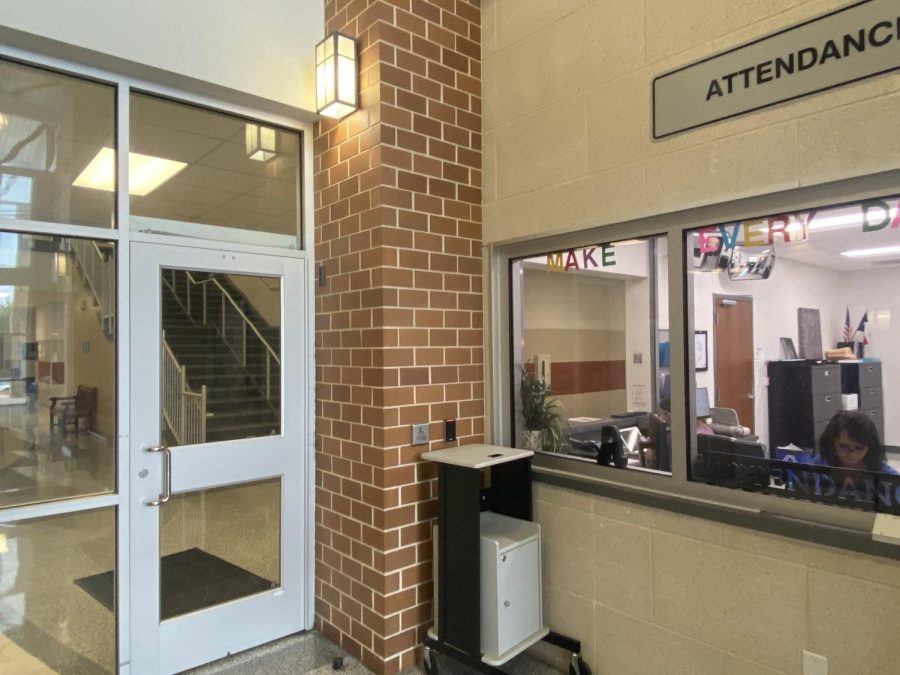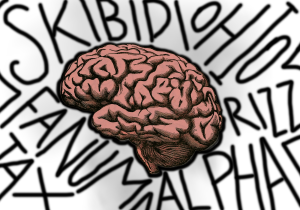The real threat on campus
Attendance office buzzes students in through the door now due to new district safety policies.
September 2, 2022
The United States is in the midst of a mass school shooting epidemic. The country is going through an era of reform of school safety, and law makers aren’t prioritizing the main issue that prevents students from being safe.
The primary focus for increasing safety on campus should be creating a better space for mental health help and providing an on campus therapist for students.
Education cuts are leading to cutbacks in counseling funding in school administrations across the country. As state governments across the United States cut funding for education, an influx of educators are leaving their profession. At the same time, more than 1 in 3 high school students have experienced persistent feelings of sadness or hopelessness according to the CDC’s most recent adolescence mental health study. The fact of the matter is; COVID saw an increase in children’s mental health issues and a decrease in education spending as less children were enrolled into public schools. Critical warning signs of future violent acts include withdrawing from friends and family, bullying and excessive irritability. Noticing signs in a peer and allow them to get the help and guidance that they need could help save lives.
However, therapy is becoming more inaccessible for teens. On average, therapy costs anywhere from 100$-200$ in Austin. According to the JAMA Psychiatry network, lower income families are more likely to experience severe mental health illnesses, but therapy is not covered on the majority of health insurance plans, so many struggle to get the help they need. An increase in student mental health issues means that schools are either causing them or not doing enough to get their students the resources they need to overcome this nationwide problem. Providing an on-site therapist would give every student the opportunity they need to get help, get better, and see a brighter future for themselves.
People suffering from mental illness can do harmful things to themselves and those around them. According to American Counseling Association, 78% of school shooters had a history of suicidal thoughts or suicide attempts before committing their crime. From the same study, 69% of school shooters are between the ages of 10-19. School shooters show a deep history of mental illness including depression, suicidal thoughts, and personality disorder. the average student, getting therapeutic counseling is expensive and sometimes impossible. School counselors can only do so much and effective therapy costs a significant amount of money from insurance companies that are even willing to pay. An on-site licensed therapist would provide immediate response to these young people with a new beginning before they could harm themselves or others..
Some may argue that physical safety is the most important element of keeping students safe in the classroom. However, the median age of school shooters is 16; meaning that these shooters are still students at the school. Locking external or internal doors will do nothing if the threat is already inside the building. A reorientation of school resources on someone that students feel safe talking to will create a happier school environment. Schools should provide an on campus licensed therapist to keep students safe and aid students in all aspects of mental health issues.









